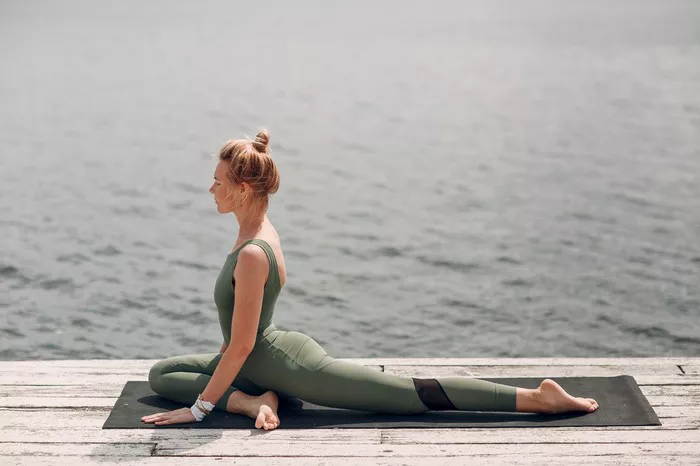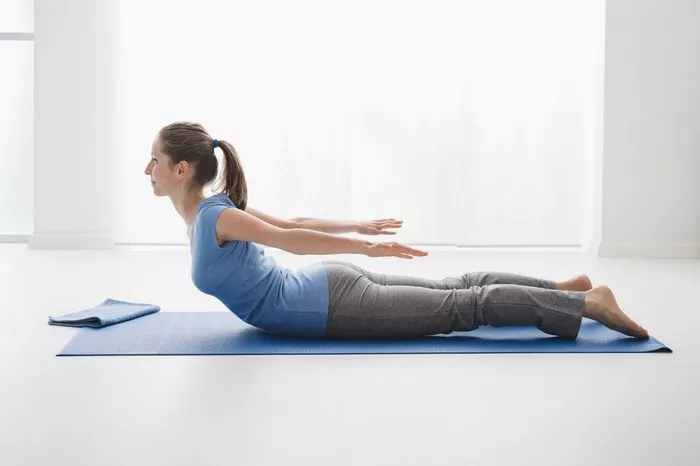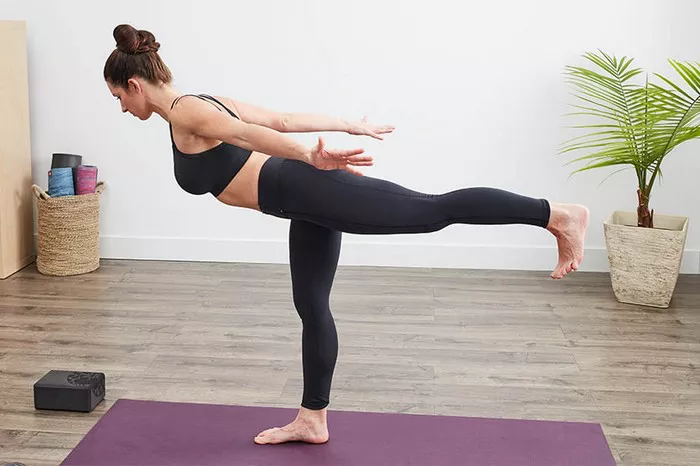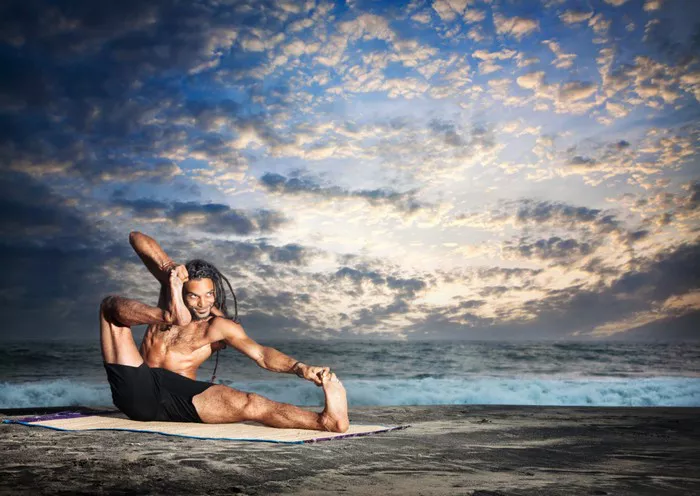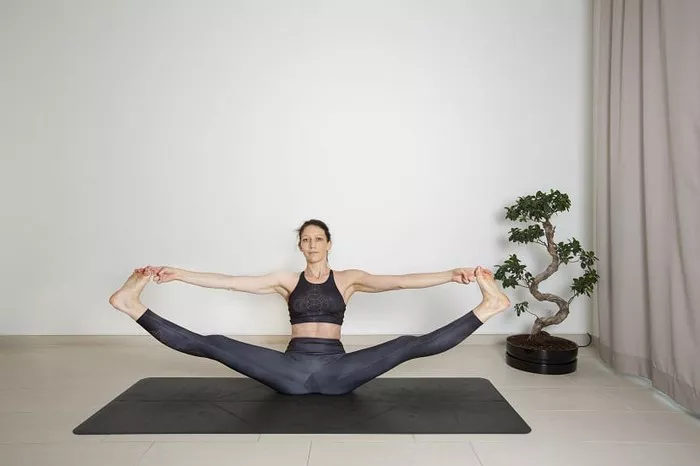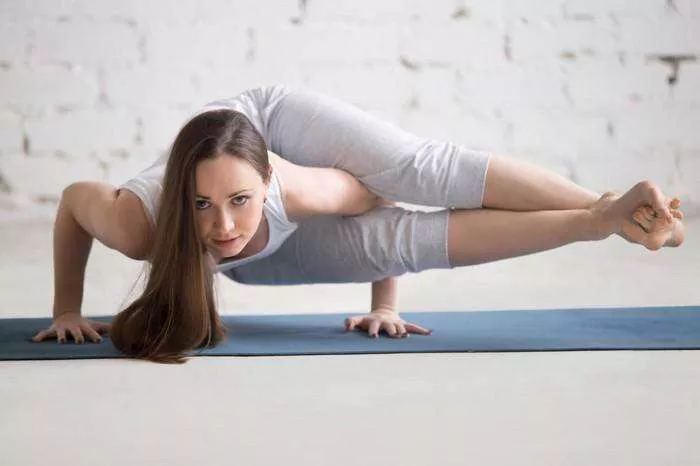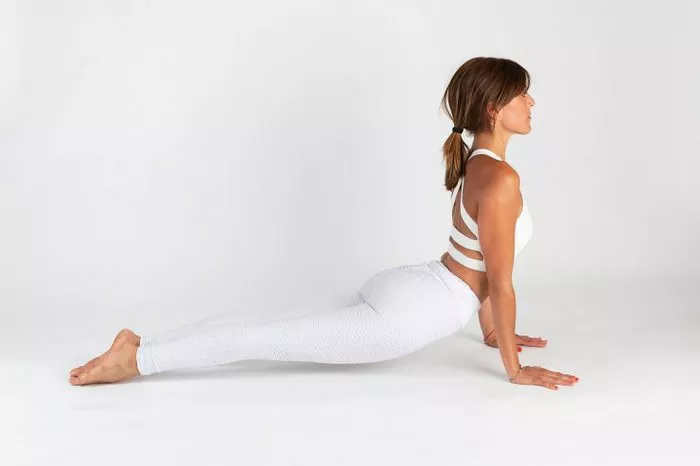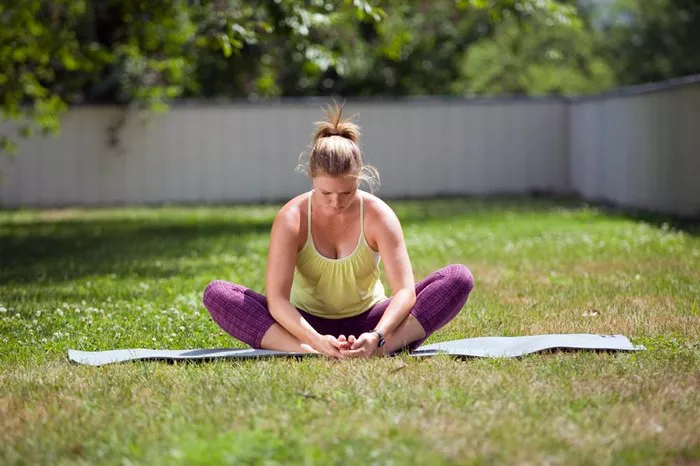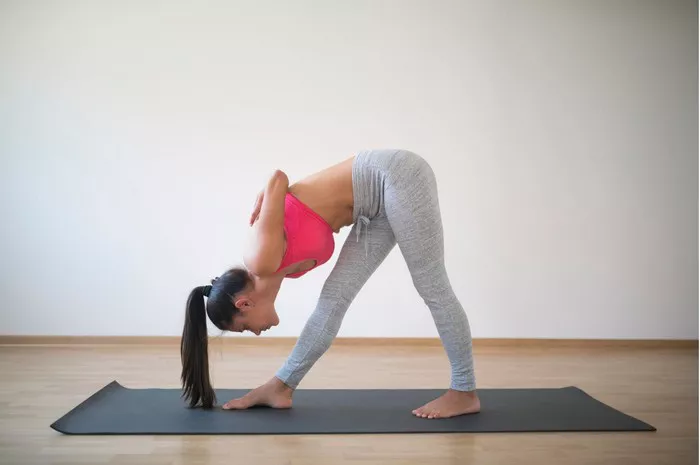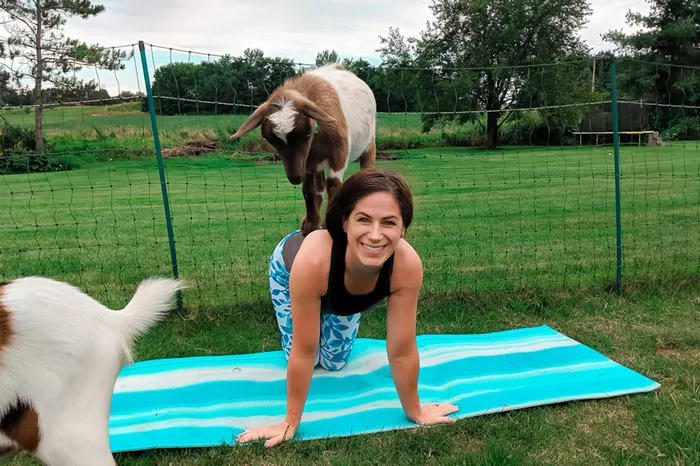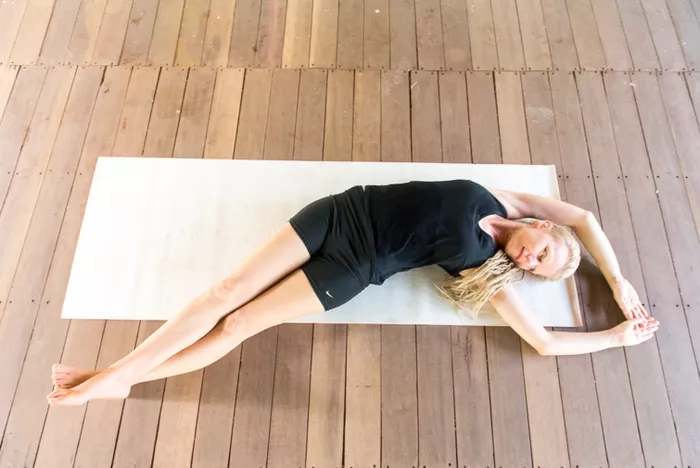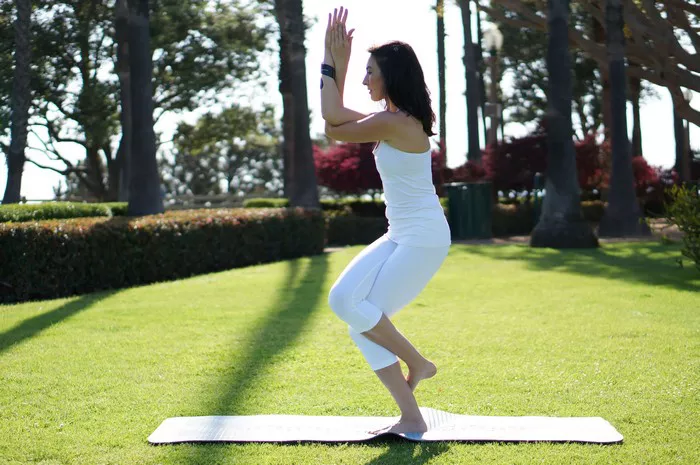Scoliosis, a condition characterized by an abnormal curvature of the spine, can lead to discomfort, reduced mobility, and complications if left unaddressed. While medical treatments such as bracing and surgery may be necessary in severe cases, many individuals find relief and improved quality of life through conservative approaches like yoga. This guide explores the seven best yoga poses for scoliosis, offering insights into their benefits and how to practice them safely and effectively.
Understanding Scoliosis and Its Challenges
Scoliosis can manifest in various degrees of severity and forms, such as idiopathic, congenital, or neuromuscular scoliosis. Individuals with scoliosis often experience asymmetry in the shoulders or hips, uneven muscle development, and chronic pain. The curvature of the spine alters posture and can affect respiratory function in severe cases. Understanding these challenges is crucial before undertaking any physical activity, including yoga.
Yoga can be an effective complementary therapy for scoliosis because it promotes flexibility, strengthens the muscles that support the spine, and improves body awareness. However, not all yoga poses are suitable for scoliosis. Careful pose selection and correct alignment are essential to avoid exacerbating the spinal curve. Consulting with a medical professional or a certified yoga therapist familiar with spinal deformities is always recommended.
Benefits of Yoga for Scoliosis
The practice of yoga can yield numerous benefits for individuals with scoliosis. These include:
- Improved posture: Yoga encourages awareness and correction of posture, which is particularly beneficial for those with spinal curvatures.
- Enhanced flexibility: Gentle stretching helps in releasing tight muscles on the concave side of the curve.
- Muscle strengthening: Strengthening the convex side of the curve can bring more balance and support to the spine.
- Pain management: Mindful movement and breathwork in yoga can reduce chronic pain often associated with scoliosis.
- Emotional well-being: Yoga supports mental clarity and emotional balance, offering holistic relief beyond the physical symptoms.
With these benefits in mind, let us delve into the seven best yoga poses recommended for scoliosis management.
1. Mountain Pose (Tadasana)
Tadasana, or Mountain Pose, is a foundational yoga posture that promotes alignment and posture awareness. Though seemingly simple, this pose requires deep engagement of the core, legs, and back muscles.
To perform Mountain Pose:
- Stand tall with feet hip-width apart.
- Distribute your weight evenly across both feet.
- Lengthen through the spine, reaching the crown of your head upward.
- Engage the abdominal muscles slightly and draw the shoulder blades down and back.
Practicing Tadasana regularly can help individuals with scoliosis develop a better sense of balance and symmetry. Focus on feeling the differences between each side of the body, making minor adjustments to promote equilibrium.
2. Cat-Cow Stretch (Marjaryasana-Bitilasana)
This dynamic duo of poses increases flexibility and mobility along the spine. It’s particularly useful for relieving tension and improving the range of motion in the back.
To practice Cat-Cow:
- Start in a tabletop position with your hands under shoulders and knees under hips.
- Inhale as you drop the belly and lift the head and tailbone (Cow Pose).
- Exhale as you round the spine, tuck the chin and pelvis (Cat Pose).
Repeat the movement slowly and with breath coordination. This stretch allows for gentle mobilization of the vertebrae and encourages awareness of the spinal curvature. For those with scoliosis, this pose can be adapted to focus on movement in the stiffer side of the spine.
3. Triangle Pose (Trikonasana)
Triangle Pose is excellent for stretching the sides of the torso, strengthening the legs, and enhancing spinal alignment. However, it should be performed with caution and awareness.
To perform Triangle Pose:
- Stand with feet wide apart.
- Turn the right foot out 90 degrees and left foot slightly inward.
- Extend arms to the sides and reach over the right leg, placing the hand on the shin or a block.
- Stretch the opposite arm toward the ceiling and gaze upward if comfortable.
For individuals with scoliosis, this pose can be modified with props and shorter stances to avoid over-stretching the already flexible side. Focus on elongating the concave side of the torso and maintaining a neutral spine.
4. Downward-Facing Dog (Adho Mukha Svanasana)
This classic yoga pose offers a full-body stretch while building strength in the shoulders, arms, and legs. It also encourages spinal elongation.
Steps to perform:
- Begin on all fours.
- Tuck your toes and lift your hips up and back.
- Straighten the legs as much as possible without locking the knees.
- Press your heels toward the floor and keep your spine long.
For those with scoliosis, the focus should be on even weight distribution between the hands and feet. Consider using blocks under the hands or bending the knees to avoid over-arching the lower back. Downward Dog helps in developing awareness of spinal imbalances and promoting a gentle decompression of the spine.
5. Child’s Pose (Balasana)
Child’s Pose offers a moment of rest and introspection during any yoga session. It gently stretches the back and can be particularly soothing for those with scoliosis.
How to practice:
- Kneel on the mat with big toes touching and knees apart.
- Sit back on the heels and fold the torso forward.
- Extend the arms in front or place them alongside the body.
- Allow the forehead to rest on the mat or a block.
This pose encourages a gentle stretch of the back and can help calm the nervous system. Modifications like placing a cushion under the chest or hips may enhance comfort and ensure correct spinal alignment.
6. Side Plank (Vasisthasana)
Side Plank strengthens the oblique muscles, which are crucial for spinal stability. It is particularly useful for scoliosis because it targets muscular imbalances.
To practice Side Plank:
- From a plank position, shift your weight onto the right hand and the outer edge of the right foot.
- Stack your left foot on top and lift the left arm.
- Keep your body in a straight line and engage your core.
Modifications such as lowering the bottom knee or using a wall for support can make this pose more accessible. Emphasize building strength on the weaker side of the torso, as determined by the direction of the spinal curve.
7. Sphinx Pose (Salamba Bhujangasana)
Sphinx Pose is a gentle backbend that strengthens the spine and opens the chest. It is particularly beneficial for scoliosis because it promotes extension in the thoracic spine without compressing the lower back.
To perform:
- Lie on your stomach with legs extended.
- Place elbows under the shoulders and forearms parallel on the floor.
- Press into your forearms and lift the chest, keeping the shoulders away from the ears.
- Keep the pelvis grounded and the gaze forward.
This pose encourages a healthy curve in the upper back and improves posture. It can be held for several breaths, focusing on even expansion across the front of the body.
Tips for Practicing Yoga Safely with Scoliosis
- Consult a specialist: Always get guidance from a physician or a yoga therapist experienced in scoliosis.
- Use props: Blocks, straps, and bolsters can enhance comfort and aid in achieving correct alignment.
- Avoid over-stretching: Especially on the flexible side, to prevent worsening of the curve.
- Focus on breath: Deep, mindful breathing helps in managing pain and increasing awareness of imbalances.
- Work asymmetrically when needed: Address the curve by modifying poses to work more intensively on one side.
Final Thoughts
Yoga can be a valuable addition to the management plan for scoliosis. When practiced mindfully, it supports spinal health, enhances body awareness, and fosters a sense of inner balance. While these seven poses provide an excellent starting point, individual needs vary greatly. Tailoring a yoga practice to one’s specific spinal curvature, under professional supervision, yields the best results. With patience and consistency, yoga offers not just physical relief but also mental and emotional resilience for those living with scoliosis.
Related Topics:

